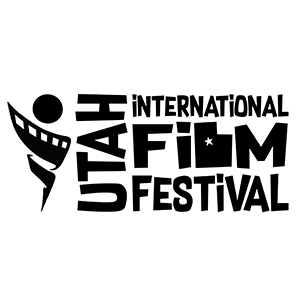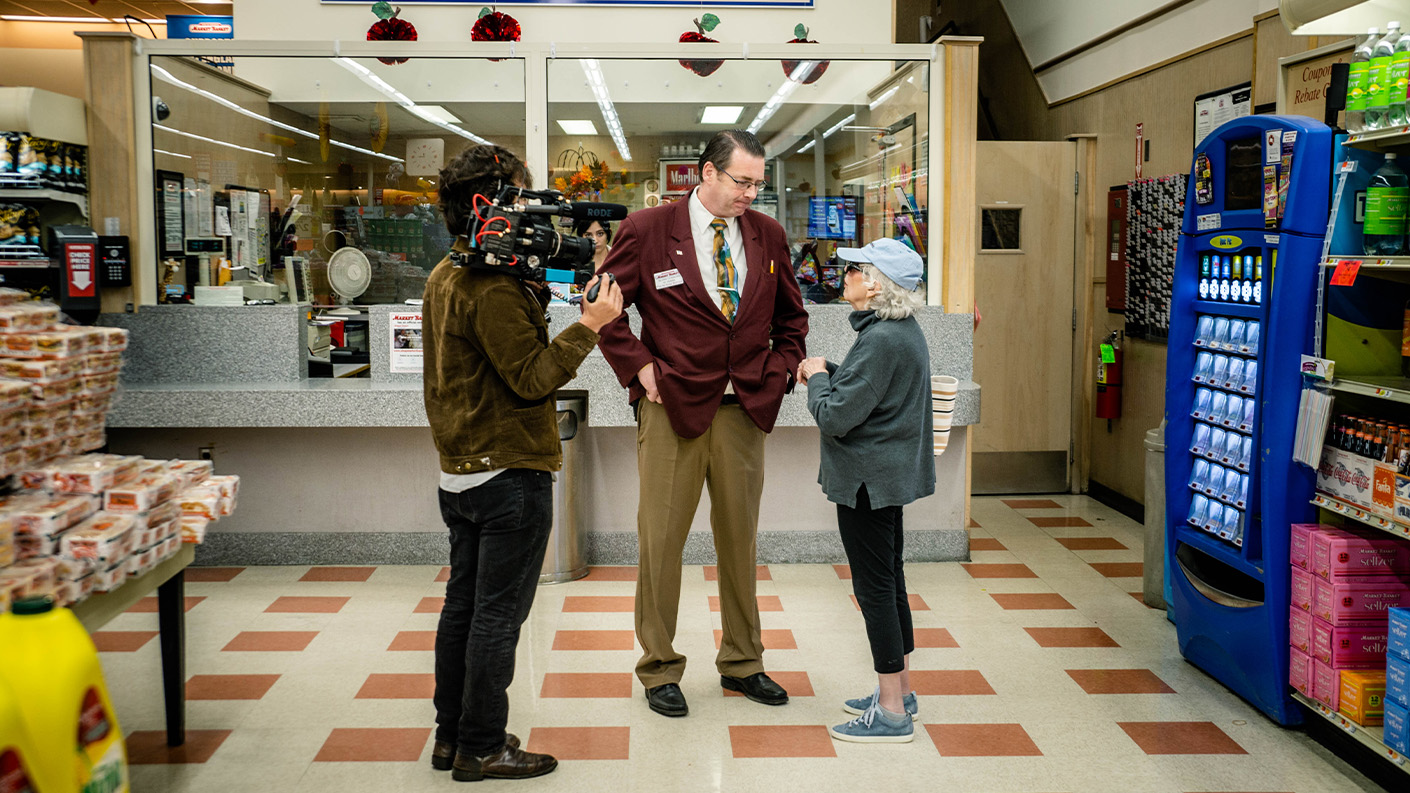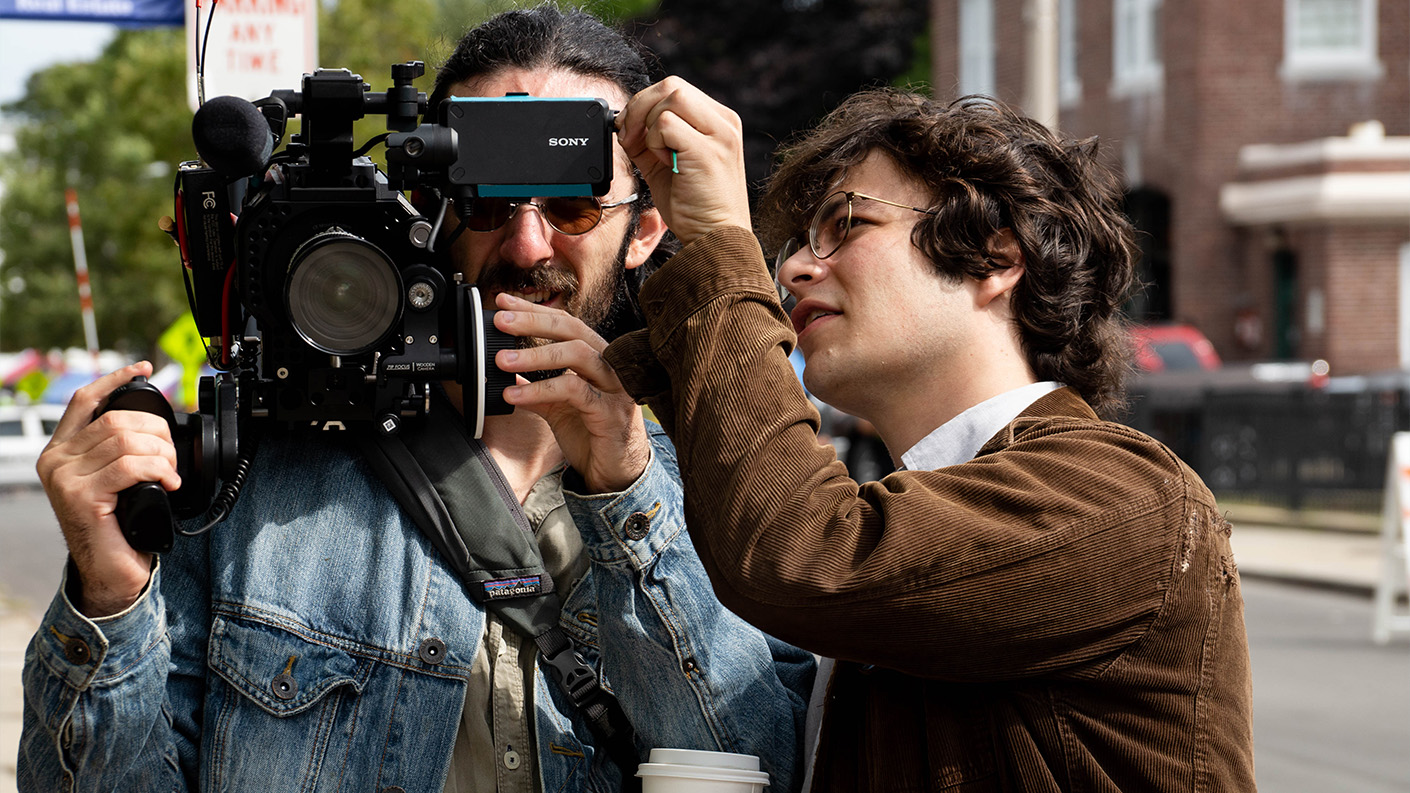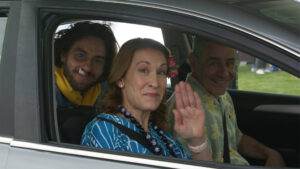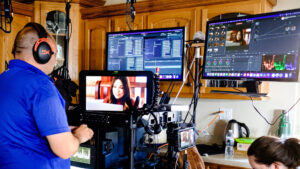Exploring the Untold Tale of Jazz Legend Carol Sloane
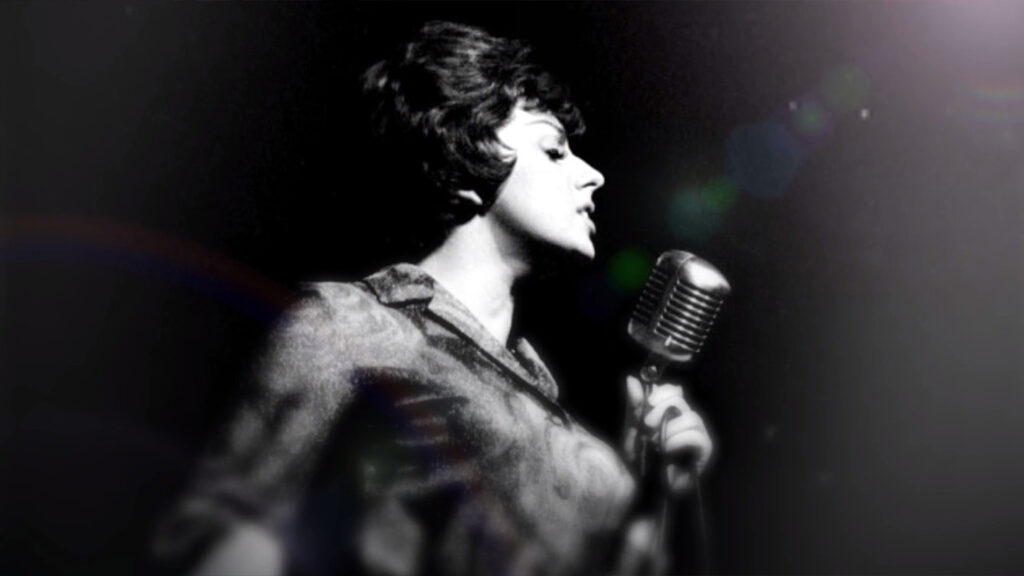

In an exploration of the largely unknown career of jazz sensation Carol Sloane, the documentary “Sloane: A Jazz Singer” takes audiences on a journey through the highs and lows of a remarkable artist. Filmed just days before her final live recording in New York City, the documentary weaves together rare archival footage, intimate moments with Sloane, and enlightening commentary from industry notables.
Sloane’s story unfolds as a tale of overnight stardom in the 1960s, with accolades from the likes of Johnny Carson and the Washington Post hailing her as “the greatest living jazz singer.” However, the British Invasion of rock brought about a swift decline in her rising star, leading to devastating financial and emotional setbacks.
Director Michael Lippert, sharing insights into the film’s origin, recounts how he was introduced to the project by executive producer Stephen Barefoot, a longtime friend of Sloane. Lippert’s initial unfamiliarity with Sloane transformed into admiration after witnessing her perform at the age of 82, solidifying his commitment to telling her story. The documentary’s narrative is anchored by the anticipation of Sloane’s final live recording at Birdland in New York City, offering a concrete climax to the story.
Throughout the production, Lippert’s favorite moments were spent with Sloane in the week leading up to her performance, where she shared humorous anecdotes involving icons like Mel Brooks and Miles Davis.
“Much of this was on camera, but a lot of it was also in the moments between filming. Through these conversations, I really felt I made a new friend, and we had some really fun moments, despite the stress and tension leading up to the show.”
The challenge lay in the limited time available to capture the essence of Sloane’s expansive career while respecting her personal space.
“The surprising part was how much we bonded, and how much of that interaction between her and the crew stayed in the film, because it just worked so well to convey many of the emotions and stress she was feeling that week. She had new friends to rely on, and to also be endlessly irritated by.”
Reflecting on the production, Lippert expresses a desire for more time to delve into Sloane’s vast knowledge and memories on camera. “Carol was never short on words, but she was someone who had such a wide breadth of knowledge and memories, and one week was just not enough to capture everything. Then again, if I didn’t have that natural cutoff, we might still be filming!” Despite the time constraints, the bond formed between the crew and Sloane shines through in the film, providing a nuanced portrayal of the artist’s emotions and stress during that pivotal week.
For filmmakers interested in crafting documentaries, Lippert recommends raising necessary funds before shooting where challenges like music rights can pose financial hurdles. “That was never going to stop us from making the film, but it might have changed how many songs we used in the original cut, because that price tag can really balloon if you aren’t careful. I learned a lot about that process making this film, and I wish I’d known more going in! If you are doing a music doc specifically, make sure you find a good music supervisor who can help you set a realistic goal for music budgeting early on.”
To stay updated on future projects, Lippert directs audiences to visit lippertfilm.com.
“Sloane: A Jazz Singer” is an official selection in the Utah International Film Festival February 12-17 and will be screening at Maven Cinema in American Fork, UT.
